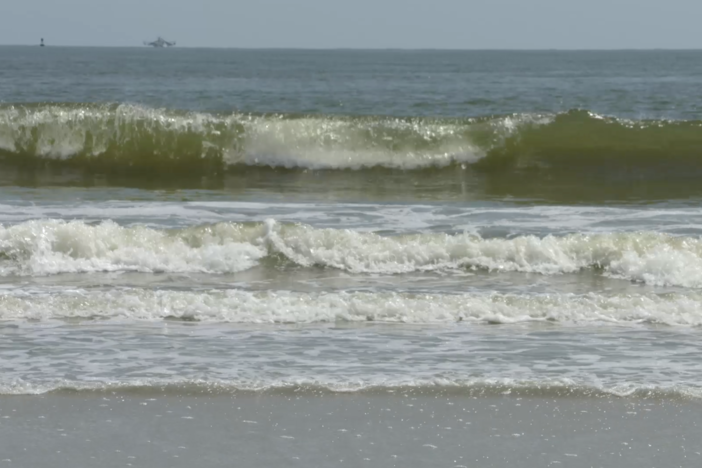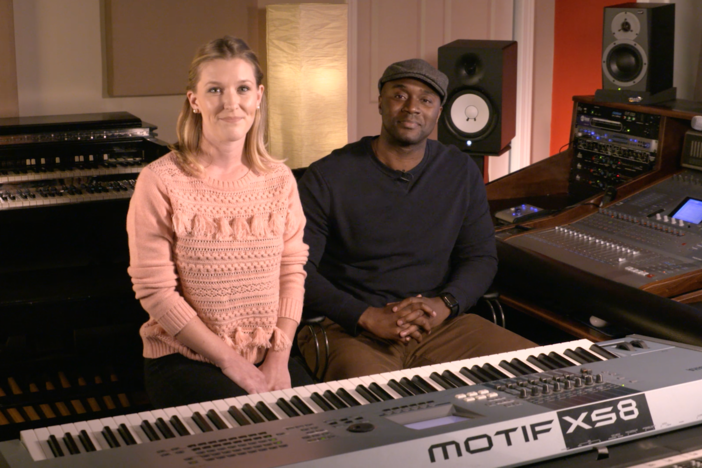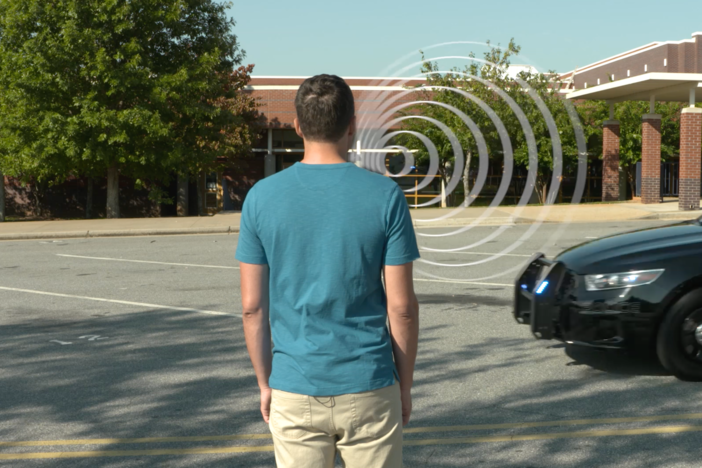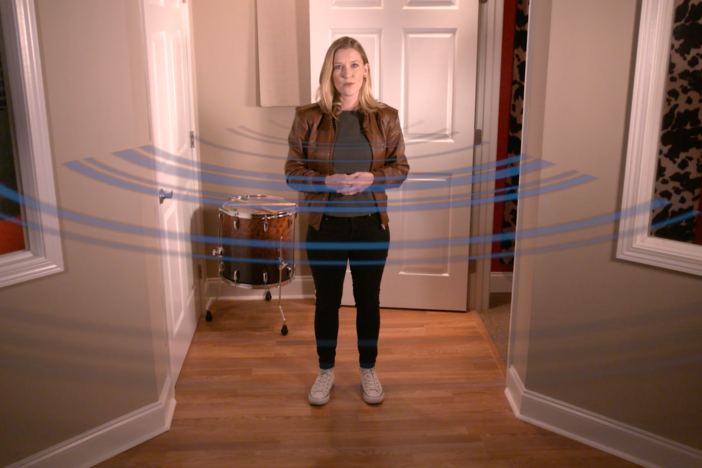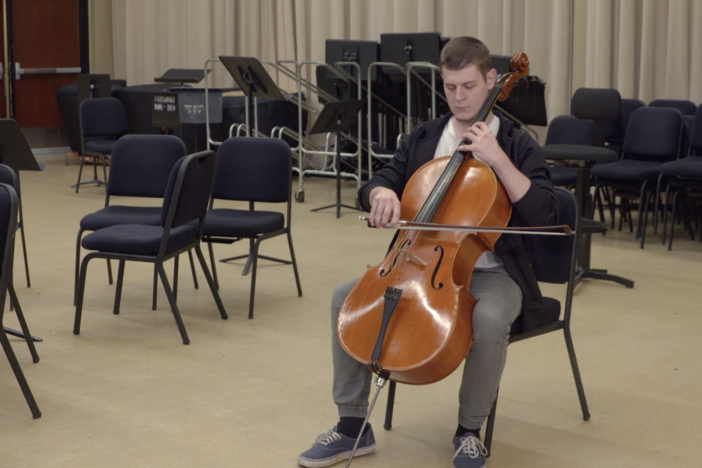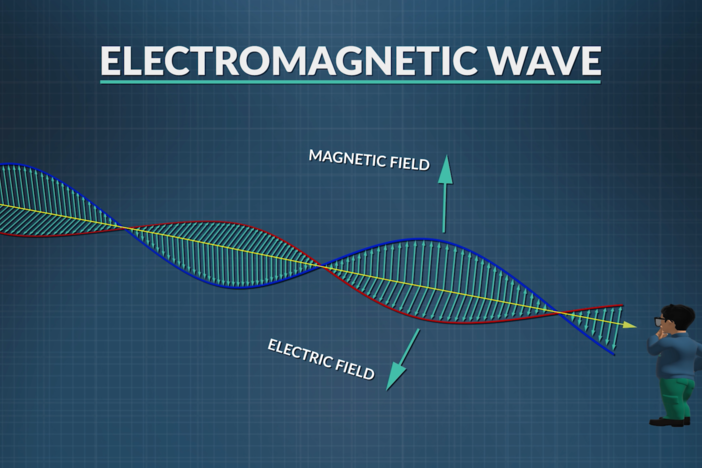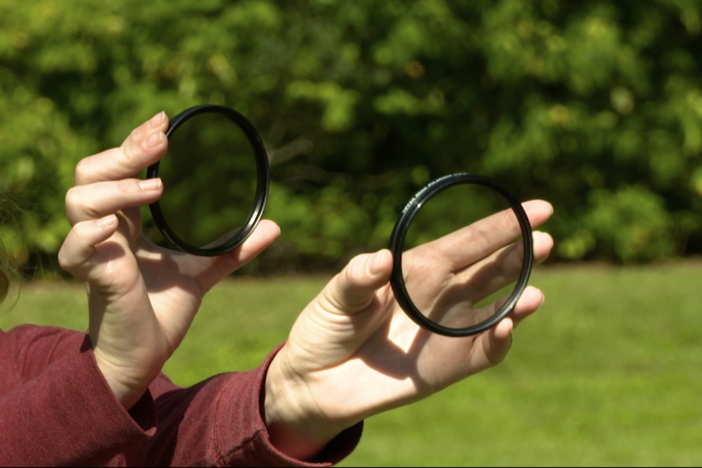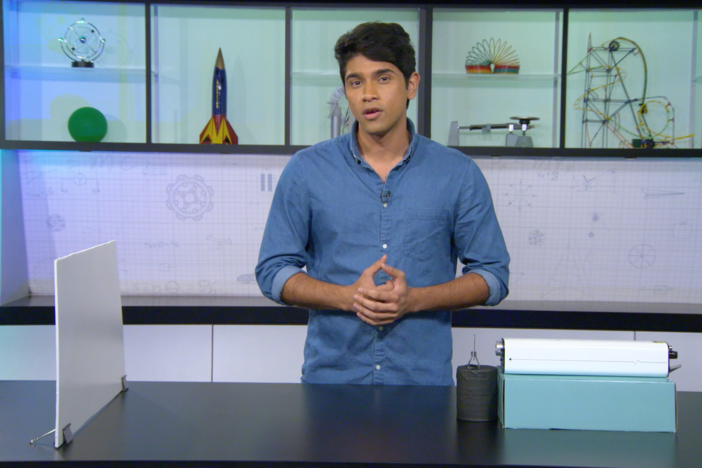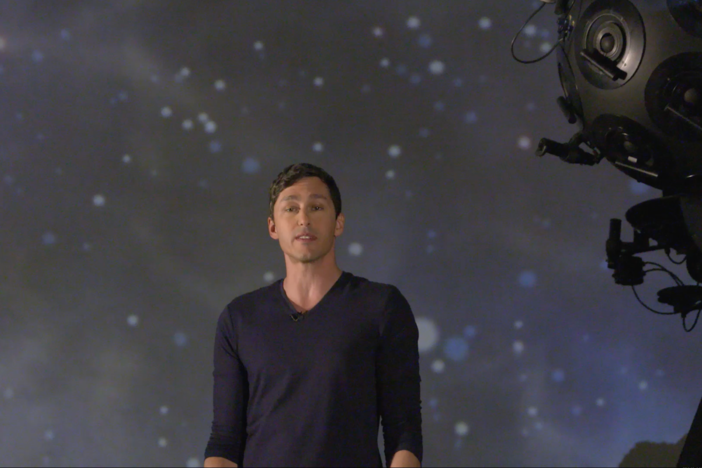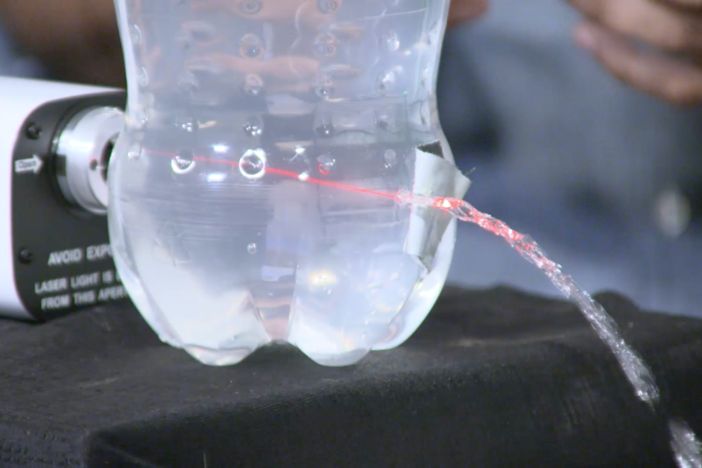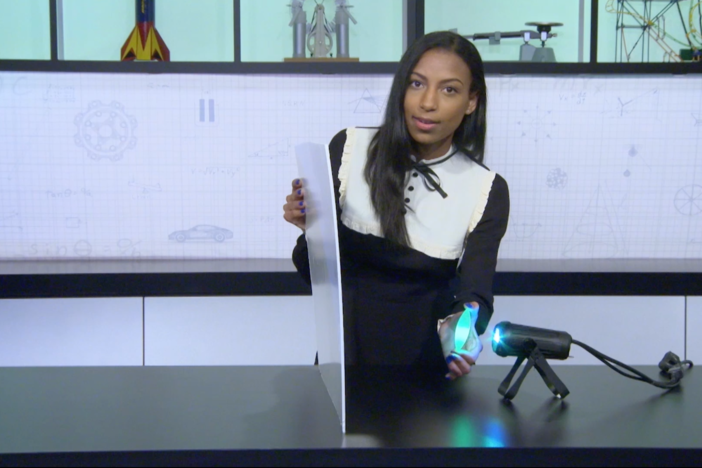Segment J: Spectral Composition
Spectral composition is the focus of this segment. We learn about emission and absorption spectra, how they are created, and how scientists use these concepts in the real world to make important discoveries.
Segment J: Spectral Composition
Spectral composition is the focus of this segment. We learn about emission and absorption spectra, how they are created, and how scientists use these concepts in the real world to make important discoveries.
Science
Obtain, evaluate, and communicate information about the properties and applications of waves.
Plan and carry out investigations to characterize the properties and behavior of electromagnetic waves.
Plan and carry out investigations to describe common features of light in terms of color, polarization, spectral composition, and wave speed in transparent media.
- Analyze experimentally and mathematically aspects of reflection and refraction of light waves and describe the results using optical ray diagrams.
- Perform calculations related to reflections from plane surfaces and focusing using thin lenses.
-Compare and contrast energy levels, ground states, and excited states, understanding their importance in atomic theory and applying their similarities and differences relative to the spectrum.
-Compare and contrast absorption spectrum and emission spectrum, recognizing their use in chemistry, astronomy, and physics in general.
-Be able to identify and use diffraction gratings and spectroscopes to collect spectral data from absorption and emission spectra and draw conclusions.
-Understand what type of information we can obtain from spectral lines that are blueshifted or redshifted.
absorption spectrum - a spectrum of electromagnetic radiation transmitted through a substance, showing dark lines or bands due to absorption of specific wavelengths.
blueshift - the shift of spectral lines toward shorter wavelengths caused by objects moving toward us.
Doppler effect - an increase or decrease in the frequency of sound, light, or other waves as the source and observer move toward or away from each other.
emission spectrum - a spectrum of the electromagnetic radiation emitted by a source; caused by greatly heating a substance or subjecting it to electric current.
excited state - energy levels in the orbitals of the electron cloud of an atom that are not ground state.
ground state - the lowest energy state of an atom or other particle.
quanta - individual packets of light energy.
redshift - the shift of spectral lines toward longer wavelengths caused by objects moving away from us.
spectral composition - the wavelengths of light that characterize an object.
The Physics in Motion teacher toolkit provides instructions and answer keys for study questions, practice problems, labs for all seven units of study. GPB offers the teacher toolkit at no cost to Georgia educators.To order your teacher toolkit, complete and submit this form to request the teacher toolkit. You only need to submit this form one time to get materials for all seven units.
